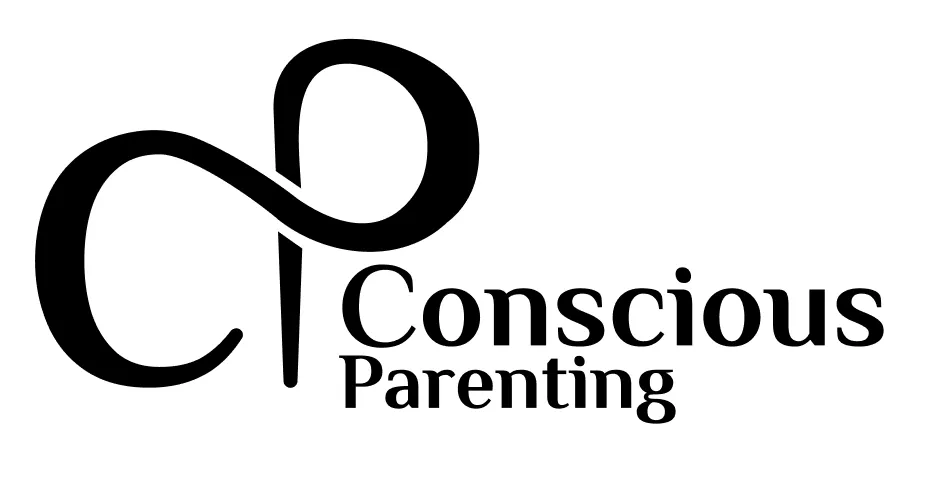
Screen Time Rules: A Family Handbook
This is a guide on how to start the conversation about conscious digital usage in your home. The guide has 5 sections that address different aspects of our interaction with digital devices. The Principles are Balance, Intention and Nurturing, rather than Punitive, Disciplinary or Prohibitive.
These conversation starters are based on research of leading researchers in the field.
This guide is intended for parents to understand the high level and the details of each conversation. There will be a companion resource that is more family oriented and easier for children to follow, participate and lead.
1. How Do Screens Affect Our Mental Health and Well-being?
📌 Reference: Dr. Jean Twenge’s research shows that increased screen time correlates with higher rates of anxiety and depression in teens. Dr. Jonathan Haidt emphasizes that social media use, particularly for girls, is linked to declining mental health.
💬 Discussion Questions:
How does using our devices make us feel (before, during, and after)?
Are there certain apps or activities that make us feel anxious, lonely, or frustrated?
What limits can we set to protect our mental health?
🔹 Practical Tip: Common Sense Media suggests using the “Goldilocks Rule” for screen time—not too much, not too little, but just right. Families can experiment with different limits and assess their impact.
2. What Role Should Phones and Social Media Play in Our Social Lives?
📌 Reference: Wait Until 8th advocates for delaying smartphone use until at least 8th grade to promote healthier childhood development. Diana Graber, author of Raising Humans in a Digital World, emphasizes the importance of teaching kids digital citizenship rather than just restricting access.
💬 Discussion Questions:
What are the pros and cons of using devices to stay connected with friends?
How can we balance in-person relationships with online interactions?
How do we want to handle social media as a family (e.g., delaying access, having shared accounts, setting time limits)?
🔹 Practical Tip: Consider a "tech-free hangout" policy where family members and friends spend time together without devices.
3. How Can We Make Our Home a Place for Focus and Creativity?
📌 Reference: Cal Newport, author of Digital Minimalism, argues that constant device use fragments attention and reduces deep thinking. Catherine Price, author of How to Break Up with Your Phone, suggests structuring our environment to encourage focus and creativity.
💬 Discussion Questions:
When should we have “no-screen” times in our home? (e.g., meals, before bed, homework hours)
Where should devices be stored when not in use?
What hobbies or activities can we prioritize over screen time?
🔹 Practical Tip: Designate “tech-free zones” in the home, like bedrooms and the dinner table.
4. How Do We Model Healthy Screen Habits as Parents?
📌 Reference: Research from Common Sense Media shows that kids mirror their parents’ screen behaviors. If parents are frequently distracted by their devices, children are more likely to adopt similar habits.
💬 Discussion Questions:
What are our own digital habits, and do we want to change them?
How can we model mindful media use for our kids?
Should we set family-wide screen limits, not just rules for kids?
🔹 Practical Tip: Establish “Screen-Free Sundays” or other designated times where the whole family disconnects.
5. What Are the Risks of Exposure to Harmful Online Content?
📌 Reference: Research by Dr. Jean Twenge and Common Sense Media highlights the dangers of online pornography, cyberbullying, and addictive gaming. Diana Graber emphasizes the importance of teaching digital literacy early.
💬 Discussion Questions:
How would you prepare your children to navigate inappropriate or harmful content online?
What safety settings and parental controls should we use?
How can we create an open dialogue so kids feel comfortable coming to us with online concerns?
🔹 Practical Tip: Use parental controls as guardrails but prioritize conversations that empower kids to make safe choices.
As another resource to parents, we invite everyone to join our Machuca Valley Conscious Parenting group where we talk about how we create and uphold agreements about our digital devices.
We hope that you found these resources helpful. Please leave a comment at [email protected]m. We hope to continue serving the community and can do it better with your feedback.
Thank you!
References
Haidt, J. (2023). The Anxious Generation: How the Great Rewiring of Childhood Is Causing an Epidemic of Mental Illness.
Kaitlyn Tiffany (2023) ( No One Knows Exactly What Social Media Is Doing to Teens. link
Twenge, J. M. (2017). iGen: Why Today’s Super-Connected Kids Are Growing Up Less Rebellious, More Tolerant, Less Happy—and Completely Unprepared for Adulthood. New York: Atria Books.
Price, C. (2018). How to Break Up with Your Phone: The 30-Day Plan to Take Back Your Life. New York: Ten Speed Press.
Graber, D. (2019). Raising Humans in a Digital World: Helping Kids Build a Healthy Relationship with Technology. New York: HarperCollins.
Newport, C. (2019). Digital Minimalism: Choosing a Focused Life in a Noisy World. New York: Portfolio.
Newport, C. (2016). Deep Work: Rules for Focused Success in a Distracted World. New York: Grand Central Publishing.
Wait Until 8th. (n.d.). Why Wait? The Impact of Smartphones on Kids. Retrieved from www.waituntil8th.org
Common Sense Media. (n.d.). Technology and Kids: Best Practices for Families. Retrieved from www.commonsensemedia.org
Common Sense Media. (2022). The Common Sense Census: Media Use by Tweens and Teens.
